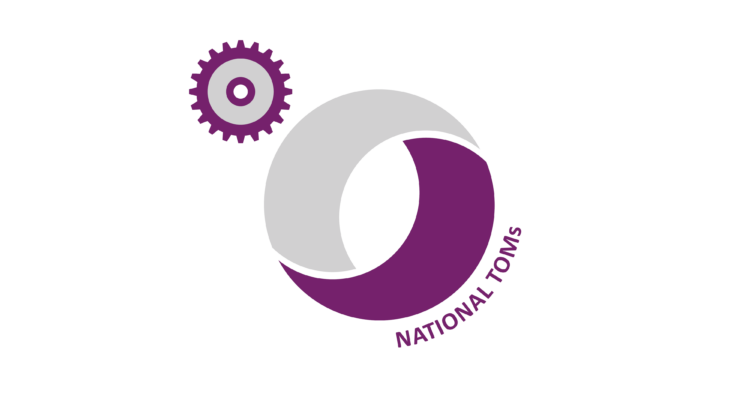“The world is quickly bored by the recital of misfortune, and willing avoids the sight of distress.”W Somerset Maugham
Poverty is a grim, but fairly straightforward concept, isn’t it? Well, yes, but once you start thinking about how to define and measure the impact of initiatives to tackle it, it gets a whole lot more complicated. How do we know who is experiencing poverty, and how will we know when they’re not?
I came across the Social Metrics Commission (SMC) last year whilst doing research into indicators of poverty, and I recently found the time to read their Measuring Poverty 2020 report properly. The findings are stark, that about a quarter of the UK population lives in poverty, and that people already living in deep poverty have been disproportionately affected by Covid-19.
The Joseph Rowntree Foundation reports that the greatest proportion of those in poverty are the working poor – households where at least one adult is in work, but not bringing in enough money to make ends meet.
So how can we define poverty and create Social Value programmes to tackle it?
Firstly, we need to understand what poverty is and how it presents itself.
It would be really easy to use financial indicators in this situation, and some sources consider that the poverty line in the UK is any household earning less than 60% of median income – which in 2020 was £30,800 (ONS).
However, financial metrics fall far short of conveying the complexity of poverty, and we need to be really careful when using them.
After careful consideration by many knowledgeable brains, the SMC has focused its measure of poverty on “the extent to which the material resources that someone has available to them now are sufficient to meet the material needs that they currently have.”
Our ‘material needs’ are unique to each of us. Factors will include where-abouts in the UK we live, the financial and social commitments we each have and the environment around us – including our social support networks. The material resources we each need to live a poverty free life are entirely based on those economic and social factors.
An annual income of £9,240 (using a financial indicator of ‘deep’ poverty; income 50% below the poverty line) for someone with no mortgage and limited expenses does not necessarily represent poverty, however for someone with full accommodation, bills and living expenses it’s a pretty desperate scenario. For context, Cumbria Community Foundation estimates that one in seven households in West Cumbria live on less than £10,000 a year.
The SMC considers how people experience poverty. It focuses on depth of poverty, persistence of poverty and the lived experiences of those in poverty.
These are the factors that can trap people in poverty. The depth of your poverty affects your ability to rise above it, and if you skate the surface of the poverty line, it doesn’t take much to fall into it, with many families regularly dipping in and out of poverty. There’s not much difference to your quality of life whether you’re a little under or over that line, life remains pretty hard.
Persistent poverty is defined when someone is living in poverty and has been in poverty for two of the previous three years.
Deep poverty is experienced by anyone significantly below the poverty line, defined by an income 50% (or greater) below the poverty line. If we return to our crude financial indicator and take the poverty line as £18,480, then these people exist on £9,240 or less each year – but as discussed, far more relevant is the balance between your material needs and the resources you have to meet these.
As a result, the SMC has defined a poverty line which establishes a benchmark for social norms and then identifies a threshold under this (54%) which represents poverty. There’s a complex framework underpinning this on pp26 Measuring-Poverty-2020-Web.pdf (socialmetricscommission.org.uk) but basically, each poverty line is family specific, which, when you think about it, is both obvious and necessary.
The data which SMC has gathered, evidences that 7% of the UK population lives in deep poverty, and that this number is increasing. 26% of couple families with children (almost 6m people) live in poverty, and 48% of lone parent families (2.4m people).
So how can Social Value tackle poverty?
For the past 20 years, somewhere between a fifth and a quarter of the population has remained in poverty in the UK. However, positively, lone parent and pension-age poverty has reduced due to targeted intervention. This has worked by understanding how poverty is experienced by these groups.
There are things that public policy can help with – affordable homes, an accessible benefits system, and an overhauled childcare system. But for businesses targeting poverty through Social Value strategy, the following actions can create positive change:
· Supporting educational attainment for children in poverty. A schools-based outreach programme focused on areas of deprivation can create opportunity and engagement in learning for young people.
· Skills training for adults. Programmes which include and support disadvantaged adults to develop their skills and experience may ultimately lead to increased employability and improved wage prospects.
· In work progression. CPD programmes which recognise and tackle the barriers which some people face in accessing in work progression can give lowest paid and disadvantaged staff the opportunity for career development.
· Being a Real Living Wage Employer and offering employees the hours they need and want to work. This goes hand in hand with flexible working, enabling staff to access work without (for example) incurring high childcare costs. Think about that 48% for lone parents – how can you facilitate employment for people with this lived experience?
Enabling people to work enough hours, on decent pay and stable contracts starts to create a society where persistent and deep poverty is challenged. It does however require an embedded culture change where we recognise the inequalities in our society and work mindfully to address them.






